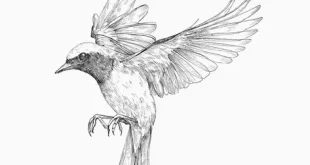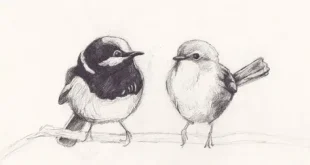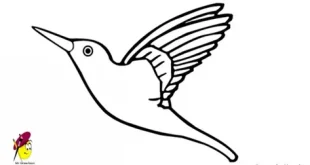Majestic Condors: Kings of the Sky
Beautiful condor Bird, the largest flying birds in the world, are symbols of freedom, strength, and endurance. Belonging to the vulture family, these magnificent creatures are found primarily in the Americas and are renowned for their massive wingspans and soaring abilities. There are two main species: Andean Condor of South America and California Condor of America. Both are considered sacred and hold deep cultural. Despite their grandeur, condors face numerous threats that have endangered their populations, making their conservation crucial for ecological balance.
1. Physical Characteristics and Unique Adaptations
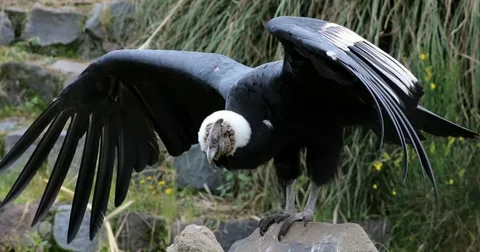
Beautiful Condor are among the largest flying birds, with wingspans reaching up to 10.5 feet (3.2 meters), enabling them to glide effortlessly across vast landscapes. Their bodies are covered with dark feathers, while the neck and head are bald — an adaptation that helps maintain hygiene while feeding on carrion. The Andean Condor has striking white plumage around the neck and wing feathers, whereas the California Condor displays a bare, pinkish-orange head that changes color based on mood and health.
By using thermal air currents, condors conserve energy while traveling long distances in search of food. Their keen eyesight allows them to spot carrion from miles away, playing a vital role in maintaining environmental health by cleaning up decaying animals.
2. Habitat and Geographic Distribution
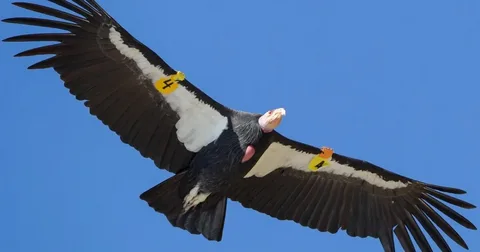
Beautiful condor Bird inhabit diverse landscapes, from rugged mountain ranges to coastal regions.
They prefer open grasslands, high-altitude cliffs, and mountainous regions where strong winds aid their flight.
- California Condors, once widespread across North America, are now limited to areas in California, Arizona, Utah, and Baja California in Mexico. Their preferred habitats include rocky canyons, open forests, and coastal cliffs where they nest and roost.
These environments provide ideal conditions for their soaring flights and nesting sites, often on inaccessible cliffs that protect their eggs and chicks from predators.
3. Diet and Ecological Role
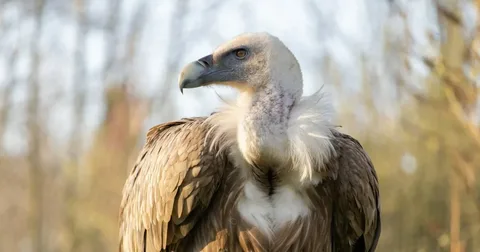
Beautiful condor Bird are scavengers and feed almost exclusively on carrion — the carcasses of large mammals like deer, cattle, sea lions, and whales. Their strong beaks and bald heads make them perfectly suited for this role. Unlike predators, condors do not kill their prey; instead, they clean up the environment by consuming dead animals, preventing the spread of disease and keeping ecosystems healthy.
By fulfilling this crucial ecological role, condors help balance nature’s cycles. Without scavengers like them, decaying matter would accumulate, leading to outbreaks of harmful pathogens. Their presence in an ecosystem is therefore an indicator of environmental health and biodiversity.
4. Cultural Significance and Symbolism
For centuries, condors have held profound cultural and spiritual importance among indigenous communities. In Andean mythology, the condor is seen as a messenger of gods, symbolizing power. Many South American traditions regard them as sacred birds that connect the earthly realm with the heavens.
Even today, condors awe and respect, serving enduring symbols of endurance, and resilience of nature.
5. Conservation Efforts and Challenges
Despite their majestic presence, both Andean and California Condors face severe threats. Habitat loss, poaching, and poisoning from lead ammunition have caused drastic population declines.
Fortunately, extensive conservation efforts, including captive breeding programs, habitat restoration, and strict protection measures, have helped their numbers slowly recover. Today, over 500 California Condors exist, with many reintroduced into the wild. However, the species remains critically endangered and requires ongoing human intervention to ensure survival.
Similarly, Andean Condors, though not as critically threatened, are facing population pressures due to habitat destruction and hunting. Conservationists are working tirelessly to protect nesting sites, educate local communities, and regulate environmental toxins.
Majestic Presence of the Beautiful Condor in the USA
The beautiful condor is widely admired across the USA for its massive wingspan and incredible soaring abilities, allowing bird enthusiasts to appreciate its graceful movement through open skies. Many wildlife photographers travel long distances to capture the condor’s powerful silhouette drifting calmly above breathtaking landscapes. Conservation efforts across the USA have played a crucial role in protecting this species, ensuring that its numbers continue to grow steadily in protected environments. Visitors exploring national parks often consider spotting a condor one of the most memorable experiences during their adventurous outdoor trips.
Conservation Importance and Unique Behavior of the Condor
The condor holds great ecological importance in the USA because it helps maintain natural balance by feeding on carrion and preventing the spread of harmful diseases. Its feeding habits ensure cleaner habitats, which supports healthier ecosystems across various wildlife regions. This remarkable bird also displays unique social behaviors, often gathering in groups near feeding areas or resting spots along high cliffs. Researchers study these behaviors closely to understand how condors communicate and survive in challenging conditions. Public awareness programs encourage communities to support conservation work, helping protect condors from threats such as habitat loss and environmental pollution. Many visitors feel inspired after learning about the condor’s journey from near extinction to a recovering species, showing the power of dedicated wildlife protection.
Conclusion
Condors are more than just extraordinary birds; they are guardians of the skies and vital members of their ecosystems. Their massive wingspans, soaring flights, and deep cultural significance make them symbols of power and endurance across the Americas. However, their survival hangs in the balance, dependent on continued conservation efforts and global awareness. By protecting condors, we safeguard not only a species but also the delicate ecological harmony they help maintain.
 Birds Drawing Birds Drawing
Birds Drawing Birds Drawing

